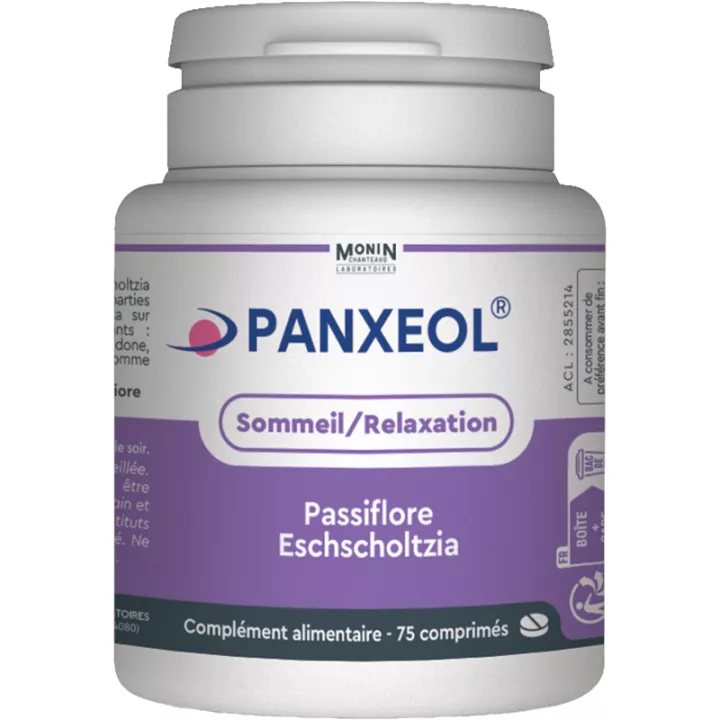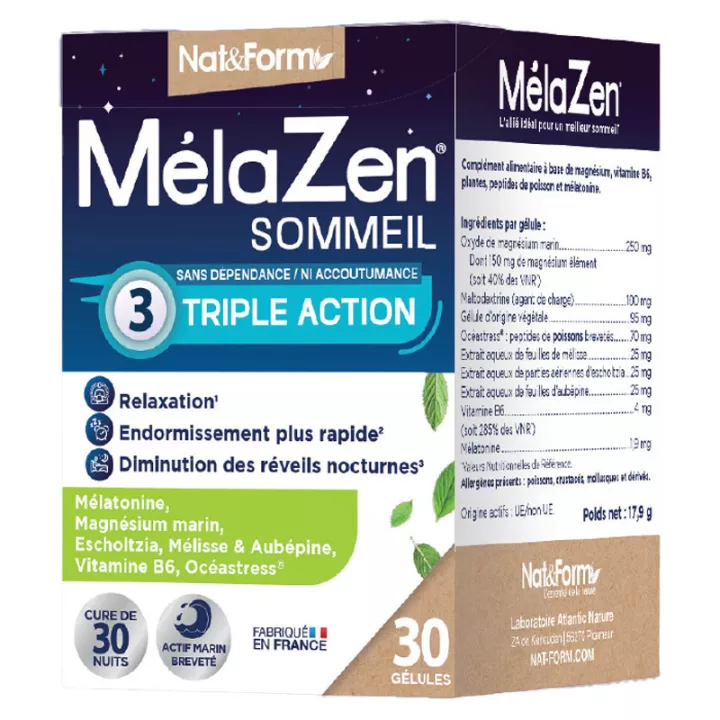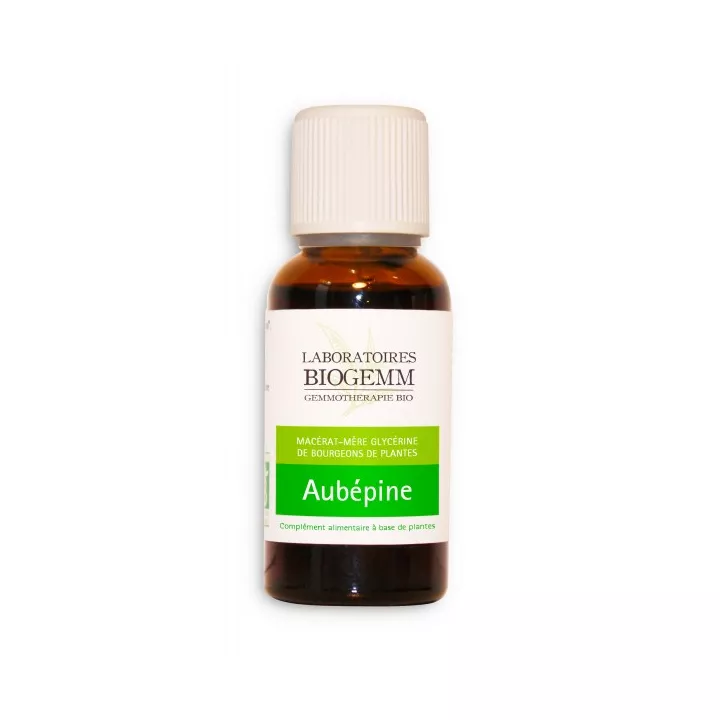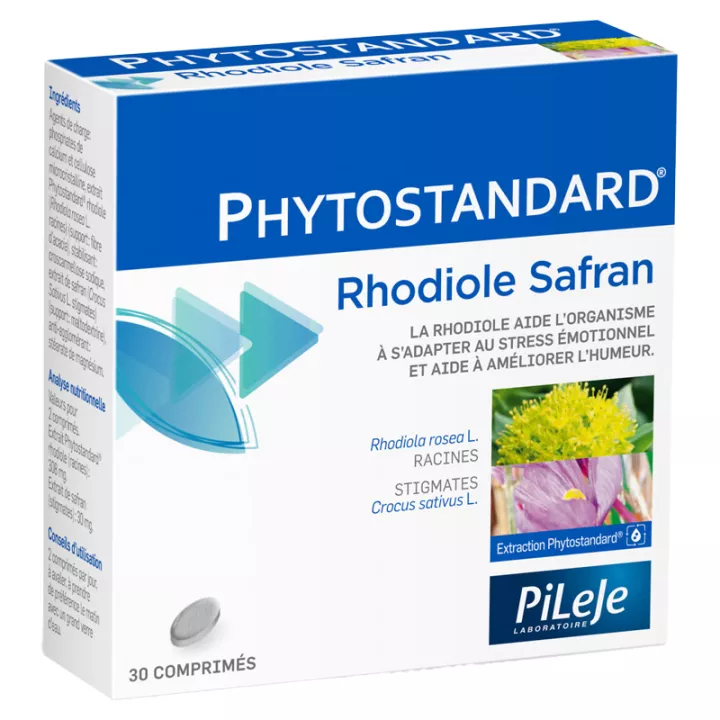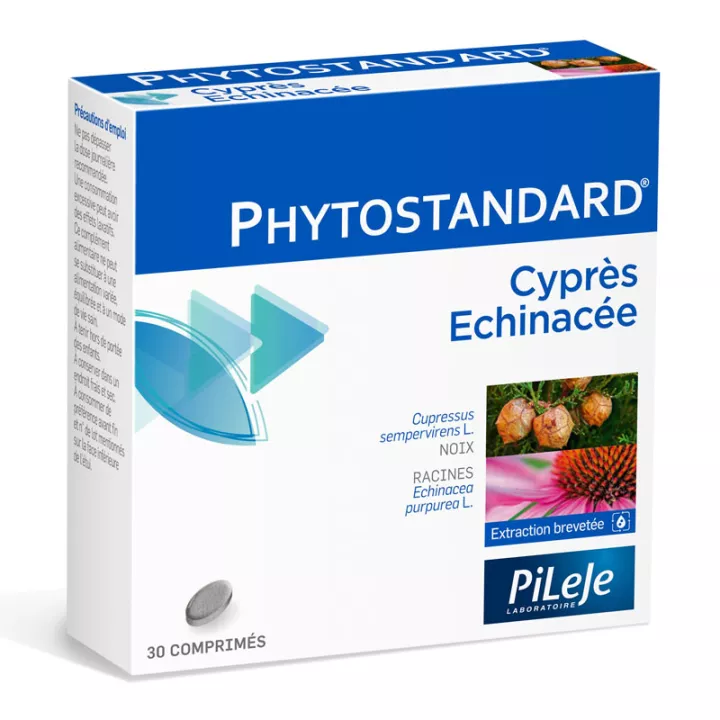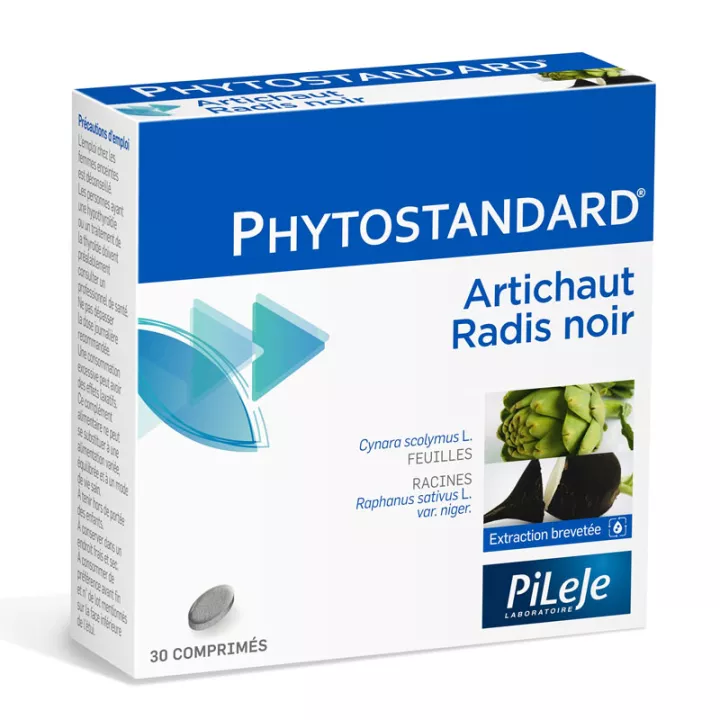What is Phytostandard Hawthorn-Passionflower used for?
Phytostandards are extracts produced from selected Hawthorn and Passionflower plants whose origin is traceable.
They are obtained using a patented process that respects the integrity of the plant. These extracts are standardized, ensuring a constant and stable content of active ingredients.
- Hawthorn extract, the flowering tops of which are used for their sedative properties, helping you to fall asleep.
- Passionflower extract, whose aerial parts also have sedative virtues and act in synergy with Hawthorn to facilitate sleep.
Phytostandard Food Supplement with Hawthorn and Passionflower helps you fall asleep easily.
Traditionally used to:
- relieve symptoms of temporary heart problems of nervous origin (palpitations, exaggerated perception of heartbeat linked to mild anxiety) in adults, provided any serious pathology has been ruled out by a doctor.
- to relieve mild stress symptoms and promote sleep in adults and adolescents over the age of 12.
Sleep disorders in adolescents require medical advice.
Its use is reserved for specified indications based exclusively on the length of time it has been used.
AUBEPINE: STANDING THE TEST OF TIME
The snowy blossoming of the Hawthorn, celebrated by Renaissance poets, is in itself a symbol of spring. In hedgerows, its thorny bushes can be centuries old!
MORE CALM, DAY AND NIGHT
Hawthorn flowering tops are traditionally used to relieve nervousness-related disorders, such as exaggerated heartbeat perception (in the absence of heart disease). By preserving calm on a daily basis, Hawthorn flowering top extract helps alleviate minor sleep disorders.
PASSIFLORA: A PASSION... FOR TRANQUILLITY
This elegant liana owes its name to the curious shape of its floral organs, which missionaries saw as instruments of Christ's Passion. This medicinal species differs little from the varieties cultivated for their flowers or their famous Passion fruit.
ACTIVITY TO PROMOTE CALM AND REST
Known since the 19th century, extract of Passion flower aerial parts is traditionally used for its beneficial effect on nervousness and minor sleep disorders.
We also offer Pure Encapsulation Cogni Activ 60 Capsules, at the best price in our online pharmacy.
How to take Phytostandard hawthorn-passiflora?
Take 1 tablet in the evening, 30 minutes before bedtime, with a full glass of water.
Give your opinion on the advice for use and dosage of Phytostandard Aubépine Passiflore with our partner Verified opinions after your purchase.
Precautions for use
This dietary supplement is not a substitute for a varied, balanced diet and a healthy lifestyle. Excessive consumption may have laxative effects. Best used before the end of the shelf life and batch number indicated on the underside of the box. Do not exceed the indicated daily dose of Phytostandard Hawthorn-Passiflora. Store in a cool, dry place. Keep out of reach of children.
What is the composition of Hawthorn-Passionflower EPS?
Phytostandard hawthorn-passionflower is a dietary supplement based on hawthorn and passionflower extracts.
Extract ofhawthorn(Crataegus monogyna and oxyacantha L., flowering tops) and passionflower(Passiflora incarnata L., aerial parts) (carrier: acacia fibre), bulking agents: microcrystalline cellulose and silicon dioxide, carrier: croscarmellose sodium, anti-caking agents: magnesium stearate and silicon dioxide.
Nutritional analysis Value: Minimum value for 1 tablet
- Hawthorn extract (flowering tops) 168 mg
- Passionflower extract (aerial parts) 40 mg
Packaging
Box of 30 standardized tablets for easy administration and optimal assimilation of active ingredients. This format is ideal for a one-month course of treatment.
EPS or Extrait de Plantes fraîches Standardisées (standardized fresh plant extracts ) are obtained by the"Phytostandard" extraction process, which respects the integrity and completeness of the active principles present in the plant.
We can prepare your own EPS blends according to the formulas recommended by your Naturopath.
A few tips to improve the quality of your sleep:
- Don't neglect a short nap or a moment of relaxation in the middle of the day (no more than 20 minutes).
- Avoid stimulants after 4 p.m. (caffeine, alcohol, tea) and eat a light meal 1 h 30 before bedtime.
- Reduce light and movement 2 hours before bedtime.
- Maintain, if possible, a regular bedtime and a regular wake-up time.
- Use your bed only for sleeping, and don't sleep outside it.




